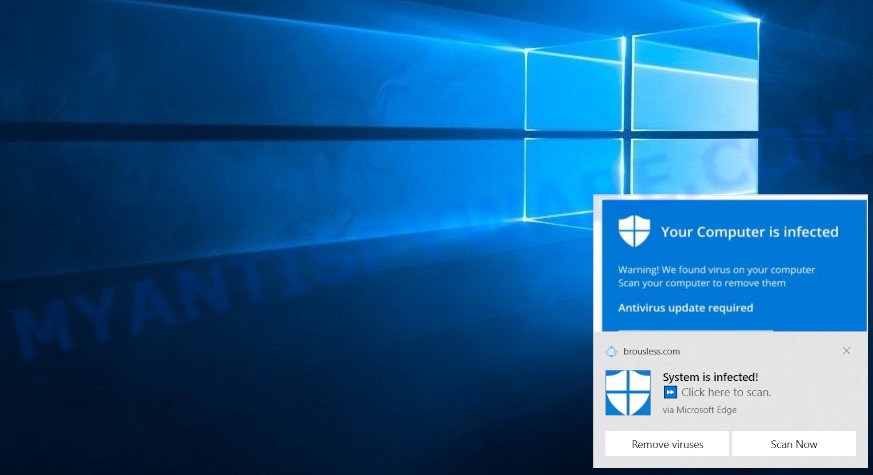If you’ve encountered the bbuninstall.exe error on your computer, you’re not alone. This article provides a comprehensive guide to help you properly uninstall the program and resolve any related issues.
What is bbuninstall.exe and its purpose?
bbuninstall.exe is an executable file that is part of the software product offered by Flexera Software. Its purpose is to facilitate the uninstallation of the software from a PC. The file is typically located in the installation folder of the software, which is usually in C:Program Files. Users may encounter errors related to bbuninstall.exe during the uninstallation process, which can be caused by various factors such as malware or a corrupted file. When encountering an error, users can try different uninstallation options such as using the Control Panel or running the uninstall.exe file. If the error persists, it may be necessary to use other tools such as uninstall.jar or to seek assistance from the software support team. Understanding the purpose of bbuninstall.exe can help users to manage their software products more efficiently and effectively.
Is bbuninstall.exe safe to use or a potential risk to your PC?
If you are wondering whether bbuninstall.exe is safe to use or not, it is important to understand what it is and what it does. bbuninstall.exe is an executable file that is part of the Flexera Software suite, which is a central software component used for managing software packages on a network.
As long as you downloaded bbuninstall.exe from a trusted source, it should be safe to use. However, if you suspect that the file may be malware or a Trojan, you should not run it.
To uninstall bbuninstall.exe, there are a few options available. You can use the Control Panel to remove the software product, or you can locate the installation folder (usually in C:Program Files) and remove the bbuninstall.exe file manually.
Common errors associated with bbuninstall.exe and how to troubleshoot them
- Restart Your Computer
- Close all running programs and save any open files
- Click on the “Start” button and select “Restart”
- Wait for the computer to fully restart
- Try to uninstall the program again

- Run a Virus Scan
- Open your antivirus software
- Select “Full Scan” or “Custom Scan”
- Start the virus scan and wait for it to complete
- If any viruses or malware are found, follow the prompts to remove them

- Restart your computer and try to uninstall the program again
- Use the Command Prompt
- Click on the “Start” button and type “cmd” in the search bar
- Right-click on “Command Prompt” and select “Run as Administrator”

- Type “cd C:Program Files (x86)BBUninstall” and press “Enter”
- Type “bbuninstall.exe -force” and press “Enter”
- Wait for the program to uninstall and then restart your computer
- Manually Delete the Program Files
- Open “File Explorer” and navigate to “C:Program Files (x86)”
- Find the folder for the program you want to uninstall and right-click on it

- Select “Delete” and confirm the action
- Repeat the process for any related files or folders
- Restart your computer and try to uninstall the program again
How to remove or repair bbuninstall.exe if needed
To remove or repair bbuninstall.exe, follow these steps:
1. Open the Control Panel and select “Programs and Features”.
2. Find the bbuninstall.exe software component, which may be listed as “ManageEngine Endpoint” or another name.
3. Click on the software package and select the “Uninstall” option.
4. Follow the on-screen prompts to complete the removal process.
5. If bbuninstall.exe cannot be uninstalled using the above method, use an uninstall.exe or uninstall.jar tool that came with the software product.
6. If all else fails, try removing bbuninstall.exe manually by locating the executable files in the C:Program Files or C:Windows folders and deleting them.
7. Be cautious when removing files manually, as deleting the wrong file can cause other applications or the system to malfunction.
8. If bbuninstall.exe is a Trojan or malware, use an anti-virus tool to remove it.
Remember to always check the status of the software package and the endpoint before performing any removal or repair option.
